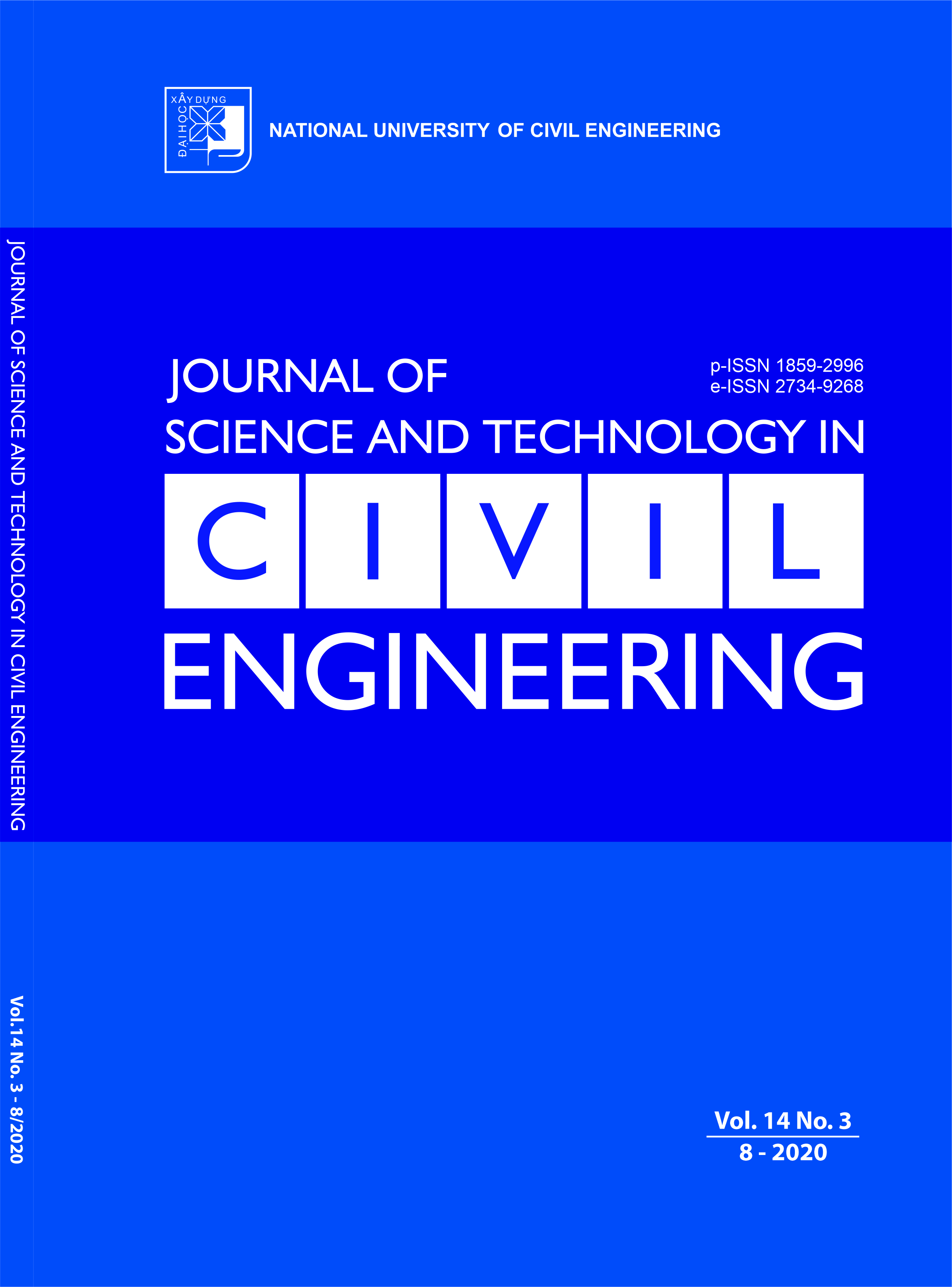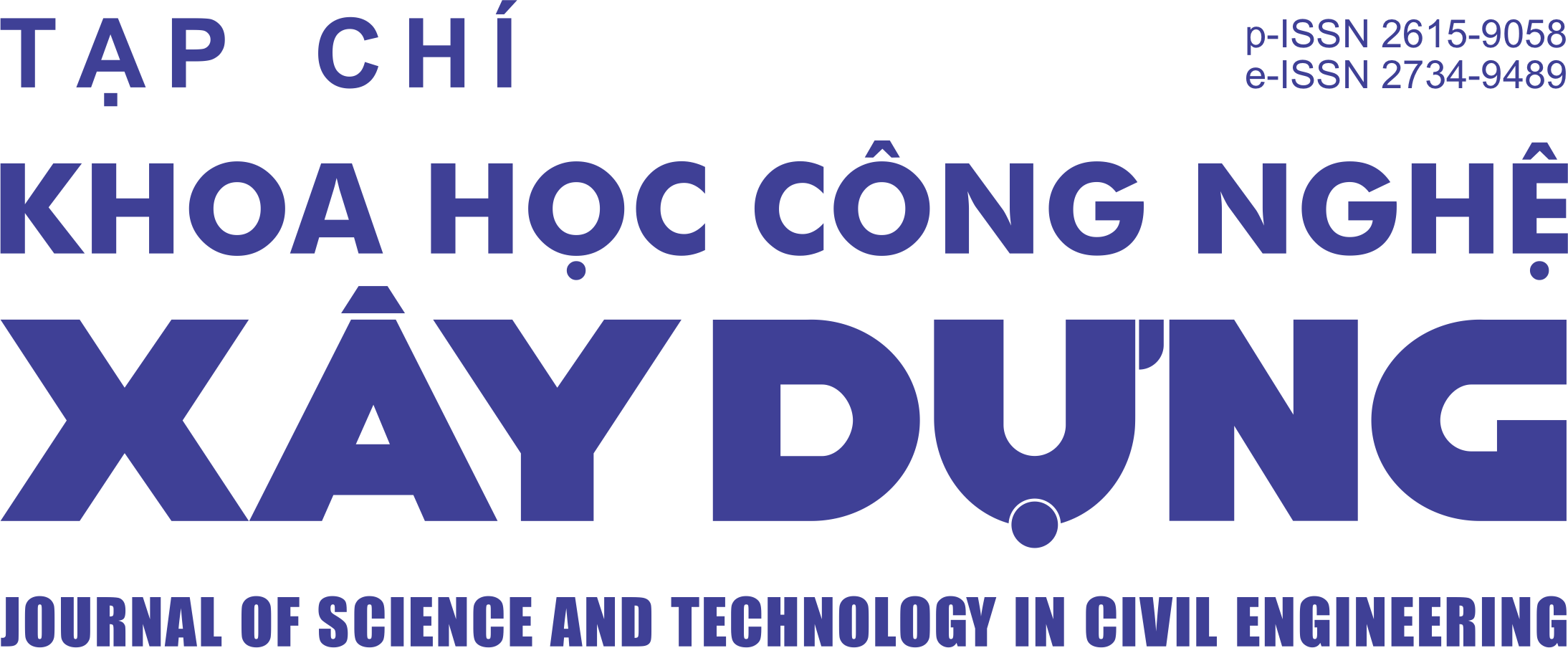Failure probability analysis of overhead crane bridge girders within uncertain design parameters
Abstract
In the design of steel crane girders, various sources of uncertainty such as material properties, loads, and geometric tolerances are inherent and inevitable. Using deterministic structural and/or load conditions may lead to low-reliability systems in real applications. In this paper, the probability of failure of overhead crane bridge girders with uncertain design parameters is investigated. First, the design problem of a crane double girder is introduced within a set of analytical stress and defection constraints. Then, the response surface method is used in conjunction with Monte Carlo methods to quantify the effect of the parameter uncertainties on the constraints of stress and deflection. For illustrative examples, various configurations of girders with original deterministic parameters proposed in the literature are selected and their deterministic optimization values are considered as the mean of random variables. The obtained results reveal that uncertainties such as coefficients of variation (COV) in structures and loads have strong effects on the probability of failure for all stated crane girder configurations. For only a wheel load COV of 0.05 and geometric dimension COV of 0.025, the means of geometric parameters have to be larger than 1.1 their deterministic-based values in order to reach a probability of failure at a level of 10-4.
Keywords:
failure probability; double-box girder; overhead crane; Monte Carlo method.
Downloads
Copyright (c) 2020 National University of Civil Engineering

This work is licensed under a Creative Commons Attribution-NonCommercial-NoDerivatives 4.0 International License.
1. The Author assigns all copyright in and to the article (the Work) to the Journal of Science and Technology in Civil Engineering (JSTCE) – Hanoi University of Civil Engineering (HUCE), including the right to publish, republish, transmit, sell and distribute the Work in whole or in part in electronic and print editions of the Journal, in all media of expression now known or later developed.
2. By this assignment of copyright to the JSTCE, reproduction, posting, transmission, distribution or other use of the Work in whole or in part in any medium by the Author requires a full citation to the Journal, suitable in form and content as follows: title of article, authors’ names, journal title, volume, issue, year, copyright owner as specified in the Journal, DOI number. Links to the final article published on the website of the Journal are encouraged.
3. The Author and the company/employer agree that any and all copies of the final published version of the Work or any part thereof distributed or posted by them in print or electronic format as permitted herein will include the notice of copyright as stipulated in the Journal and a full citation to the Journal as published on the website.







